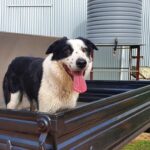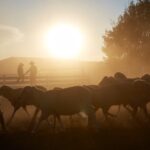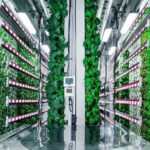Twelve dogs from across Australia are gearing up to compete in the Cobber Challenge to…
Co-investing in farm innovation
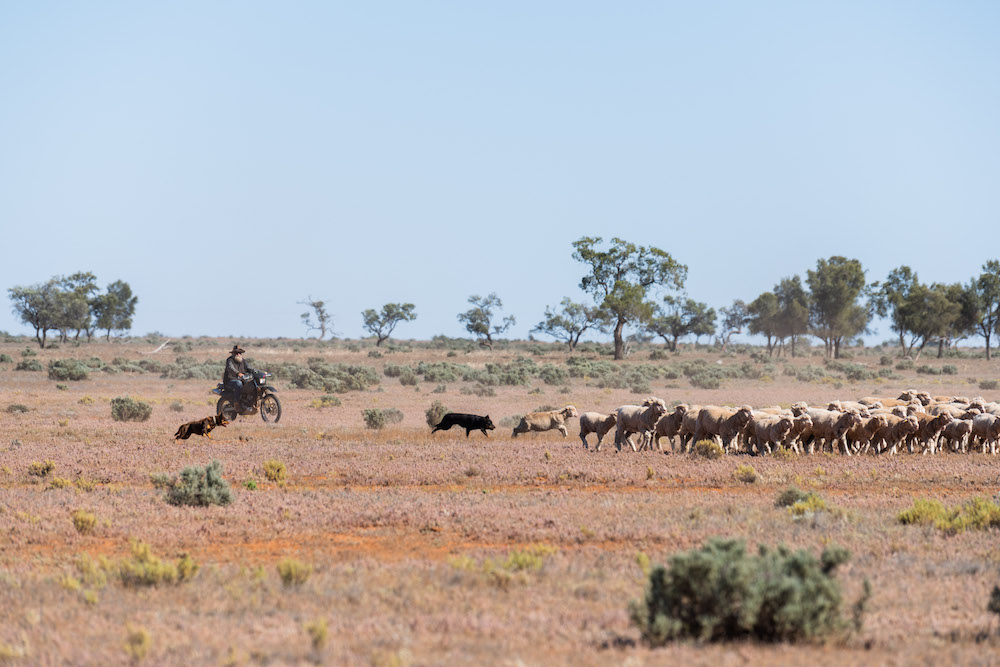

NSW Farmers has put the Farm Innovation Fund (FIF) in the spotlight as a key measure in building drought resilience through co-investing with farmers in farm infrastructure and natural resource management.
The new Labor government did commit to supporting the FIF during the campaign, but have not provided any pledges yet to bolster its balance, which was $169,622,050 in May.
The fund, which is managed by the Rural Assistance Authority (RAA), was last boosted in 2020 with $350 million following NSW Farmers� advocacy, making it into a $1-billion-dollar fund.
The RAA has issued $840 million to farmers and seafood producers since the fund�s inception in 2014. NSW Farmers Policy Director Kathy Rankin said farmers had used the FIF to identify and address risks to their farming business, improve permanent farm infrastructure, and adapt to changes in seasonal conditions.
�Farm businesses need to be profitable to survive, but they are abnormally exposed to external factors such as climate variability, high energy and input costs, and labour availability � many of which have come to a head over the past year,� Kathy said.
�The fund is about government partnering with industry to strengthen their farm business operations and growing the food and fibre that feeds and clothes us.
�Allowing for small improvements to cut costs or to expand key operations will improve productivity, efficiency and supply chain management.
�We know that every dollar invested in boosting farm productivity delivers a dividend of $12 for the economy.�
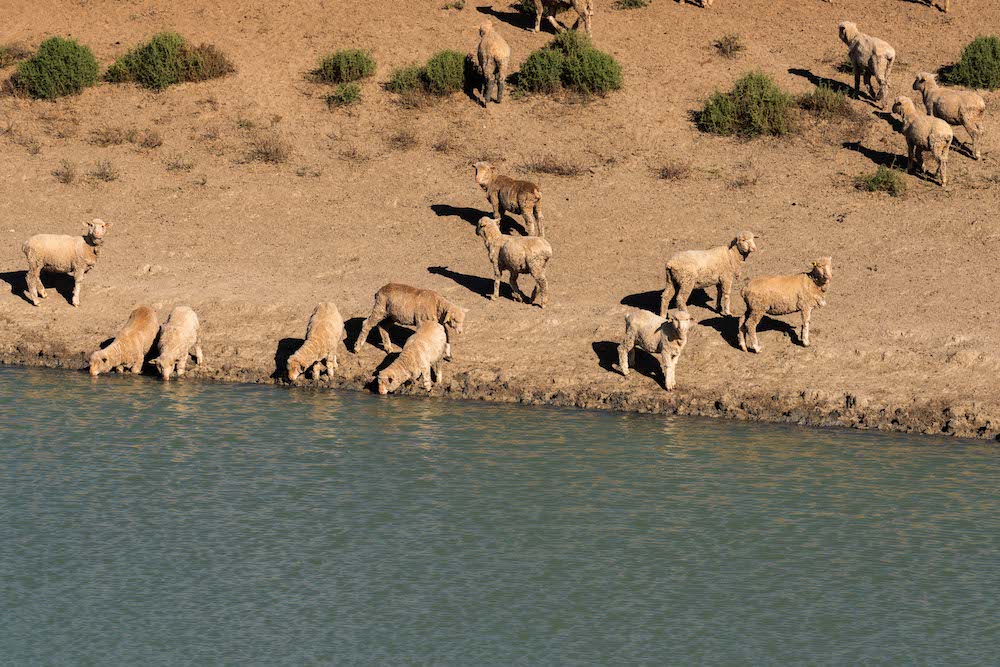
What is the Farm Innovation Fund?
The Farm Innovation Fund is a long-term, low interest rate loan scheme for NSW farmers for permanent on-farm infrastructure.
Farmers can borrow up to a maximum of $1 million per project, with a total of $1 million outstanding at any one time to build on-farm infrastructure to improve farm business resilience and natural resource management.
The repayments currently stand at an interest rate of 2.5 per cent, and can be repaid over a maximum of 20 years, depending on the applicant�s ability to pay. All works must be completed within 12 months of the loan approval.
It has four main categories for eligible projects: drought preparedness, environment, farm infrastructure and natural resources.
Eligible projects under the drought preparedness include stock and domestic water supply, capping and piping of bores in the artesian basin, refurbishing ground tanks and planting of perennial species.
Tapping into water security at Hay
Hay district sheep producers Mark and Michelle Schiller used a co-investment with the Farm Innovation Fund to install a drought-proofing pipeline and stock watering system.
The Schillers produce wool and lamb from Merinos and Dorpers on their 12,000-hectare property, Woolamie, 50 kilometres west of Hay. The generational family farm is on a floodplain and traditionally used a channel scheme off the Murrumbidgee River to fill eight dams once a year.
More than 25 kilometres of poly pipe installed in 2020 has transformed the property and vastly improved livestock water security and confidence to face the next drought.
While there has been water aplenty in the last two years with above-average rainfall and floods, Mark said the project was a must for the farm�s long-term sustainability.
�We went from full-on drought to having two floods in the last two years. It�s been frustrating, but we�re getting through it,� Mark said.
�We would normally run about 2,500 Merinos and 5,000 Dorpers, but we had to reduce carrying capacity to 2,500 Dorpers and 500 Merinos due to the impact of drought.�
Mark Schiller
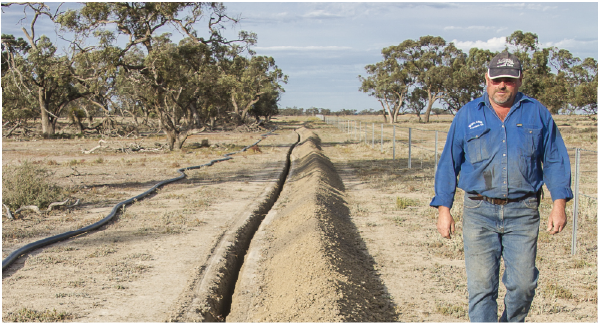
Floods in the last two years held back Mark�s flock rebuilding phase, but he says numbers are now back up to 3,000 Dorpers and 2,500 Merinos.
�It has been hard to find fresh paddocks for the sheep,� Mark added. �We moved sheep up to near Adelong on the Lachlan, and then it flooded up there too, so we had to bring them home.
�Now we have a tonne of feed. We also had a lot of summer rain � which we don�t like � but it finally warmed up and the dams are still sitting at 80 per cent.�
The third-generation farmer said the $150,000 Farm Innovation Fund loan used to purchase the pipeline and watering system would more than pay for itself through improved farm efficiency and drought resilience.
�Security of water supply will be the key benefit,� Mark says. �With the addition of solar pumping, it�s nearly foolproof in knowing that you can get water into the dams anytime.
�If there is no stock in the paddock, we don�t need water, and if there is stock, we can make sure water is available. It�s a very reassuring feeling, and it means we don�t have to move or sell stock because of a lack of stock water in a paddock anymore.
�At least next time we don�t have to panic as much. With the pipeline, stock and domestic water is always available.
�We can also manage our grazing system the way it should be managed, without being disrupted by any stock water shortages.�
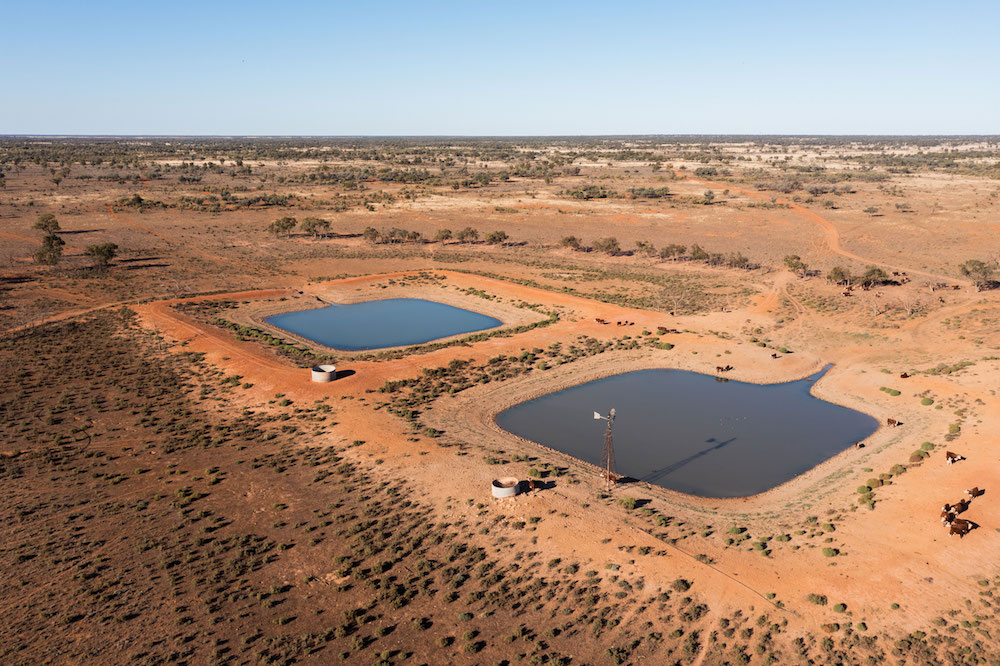
The Schillers have also invested in a small on-farm feedlot to finish lambs and capitalise on a strong market for sheep meat. They also diversified into growing barley last year.
�It has been viable to finish lambs with grain,� Mark says. �It has worked out well in helping the farm business recover from the drought.�


